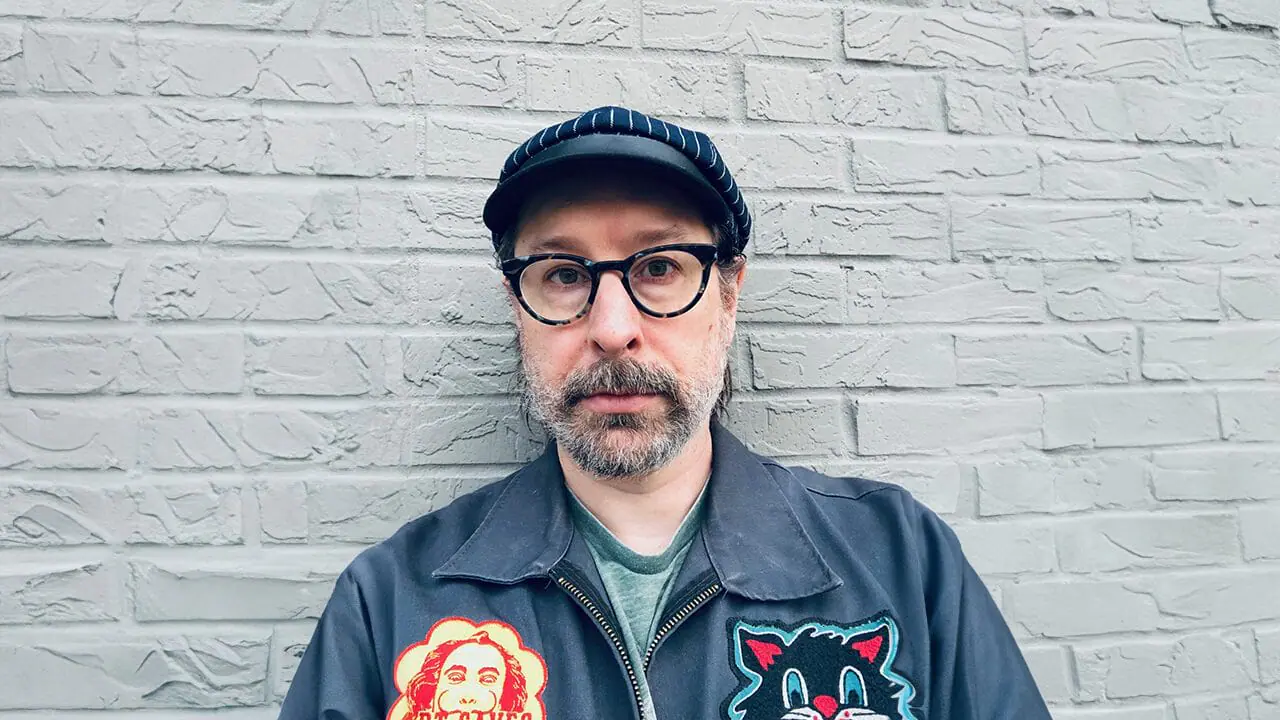Meet the Hoosier designer outfitting celebrities, preserving western wear heritage
INDIANAPOLIS (WISH) — Union Western owner Jerry Lee Atwood’s passion for custom chain stitch embroidery and western wear design began in the early 2000s. Working at a coffee shop, a customer lent him a book about the history of western wear. An art school dropout searching for his artistic voice, Atwood found inspiration in the colorful embroidery and rhinestone-covered outfits.
Nostalgic memories of watching “Hee Haw” at his grandmother’s house and family vacations to Nashville fueled his interest. He bought fabric, pearl snaps, a western shirt pattern, and borrowed a sewing machine from his roommate. Despite a rough start, he found joy in sewing and taught himself through books and magazines.
“Despite my mediocre first attempt there was something really enjoyable and exciting about sewing and I bought every book and magazine that I could find about sewing and taught myself how to sew,” Atwood said.
Atwood’s design process starts with a discussion with the customer to understand their style, motifs, and colors. He creates sketches, refines them with customer input, and aims to balance their personality with his cohesive style.
Balancing traditional techniques with contemporary fashion trends is crucial for Atwood. His business partner, Joe David Walters, an avid collector of vintage western wear, provides access to pieces by legendary tailors like Nudie Cohn and Nathan Turk. Examining these pieces helps Atwood incorporate traditional tailoring techniques into his work while using modern materials for efficiency. A fully embroidered, rhinestone suit can take up to 120 hours to make, and time-saving materials are invaluable.
One of Atwood’s most memorable projects was designing a suit for David Harbour, who plays Jim Hopper in “Stranger Things,” for the Season 4 premiere. Harbour, having previously seen Atwood’s work for his wife, Lily Allen, requested a unique suit. Vogue magazine praised the suit, stating it “stole the show.”
“That sort of praise from Vogue feels like what I imagine winning the Super Bowl feels like,” Atwood said.
Atwood advises aspiring designers to be themselves and focus on their vision rather than chasing trends or curating a social media presence. His approach to creating custom pieces for celebrities, including Post Malone and Lil Nas X, involves working closely with their stylists to reflect their vision.
For Orville Peck’s suit on the album cover of “Stampede Volume I,” Atwood created a piece inspired by suits made for George Jones. The suit, notable for its understated yet refined style, was completed in a week without knowing its purpose until Peck revealed it on the cover.
Western wear, once a niche fashion, has become a top trend. Atwood appreciates contemporary designers’ interpretations but remains influenced by traditional western wear. His work contributes to the resurgence and preservation of western wear, and he feels honored to be part of its legacy.
“The classic embroidered and rhinestone outfits that rose to popularity in the 1930’s and has maintained a steady cultural fascination into the 21st century were created by immigrants who incorporated elements of their cultural fashion into the clothing they made.” Atwood said. “I think moving forward we’re seeing that same tradition carry through with western wear designers who are members of the LGBTQ+ community and people of color who are bringing their voice into their designs.
Atwood’s influences include 20th-century western tailors Nathan Turk, Rodeo Ben, and Nudie Cohn, as well as couture dress designer Charles James and fashion designer Alexander McQueen. These inspirations shape his unique approach to fashion design, balancing tradition and modernity.
